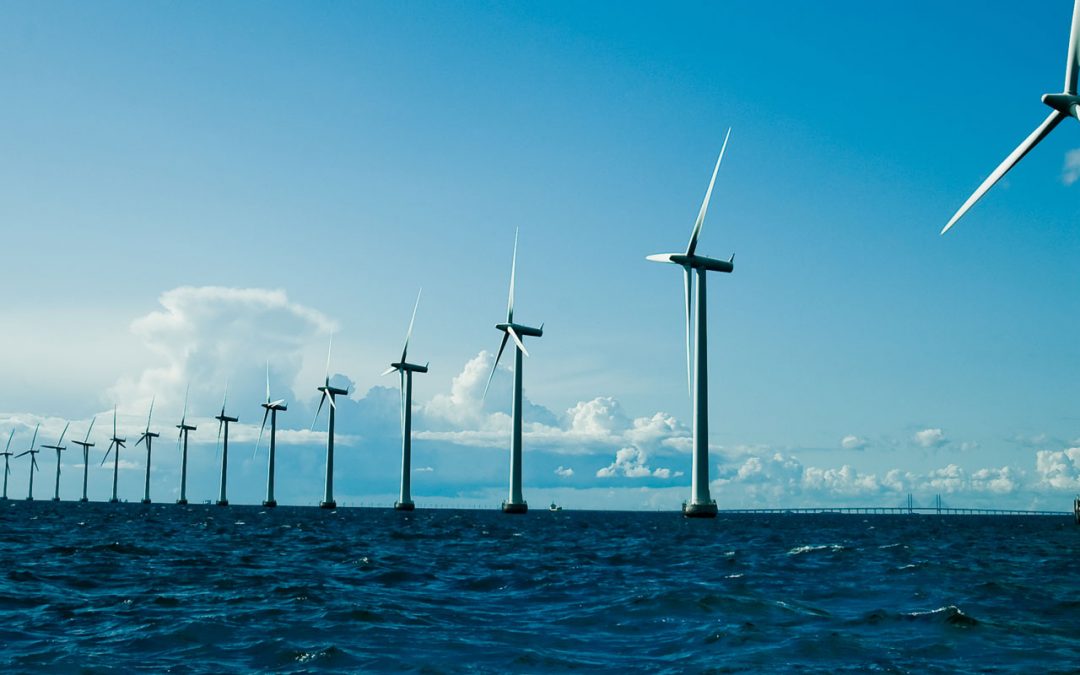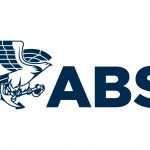iXblue’s solid-state 3D multibeam sonar SeapiX 3D has been tested in the Block Island offshore wind farm off the coast of Rhode Island to observe and monitor the pelagic ecosystem.
NOAA Northeast Fisheries Science Center (NEFSC) trialled the SeapiX 3D volume sonar in what is known as the first commercial offshore wind farm in the U.S. to survey and monitor the animals that reside or migrate through offshore wind farm areas.
SeapiX is said to be the first compact civilian system comprising a dual Mills Cross multibeam sonar transducer offering complete control to fishermen and fisheries researchers.
As described, its transducer generates several simultaneous multibeam transmissions and acoustic processes to yield quantitative and qualitative measurements of the marine environment.
This solid-state 3D multibeam sonar which operates at 150 kHz, brings new insights to the scientific community for the evaluation and the monitoring of marine environments and can provide real-time full 3D biomass assessment, iXblue claims.
“It was a fantastic opportunity to run these tests together with NOAA experts. Marine renewable energy installations require specific biomass assessment surveys to qualify impact, and we believe that SeapiX adds real value to this application”, said Guillaume Matte, R&D manager for SeapiX at iXblue.
“It offers a more insightful experience for fish detection and mapping and provide valuable information on fish behavior as well. We are grateful to the NOAA fishery scientists on board during this survey for discerning conversations and for sharing their enthusiasm about SeapiX.”
Source: Offshore Energy






